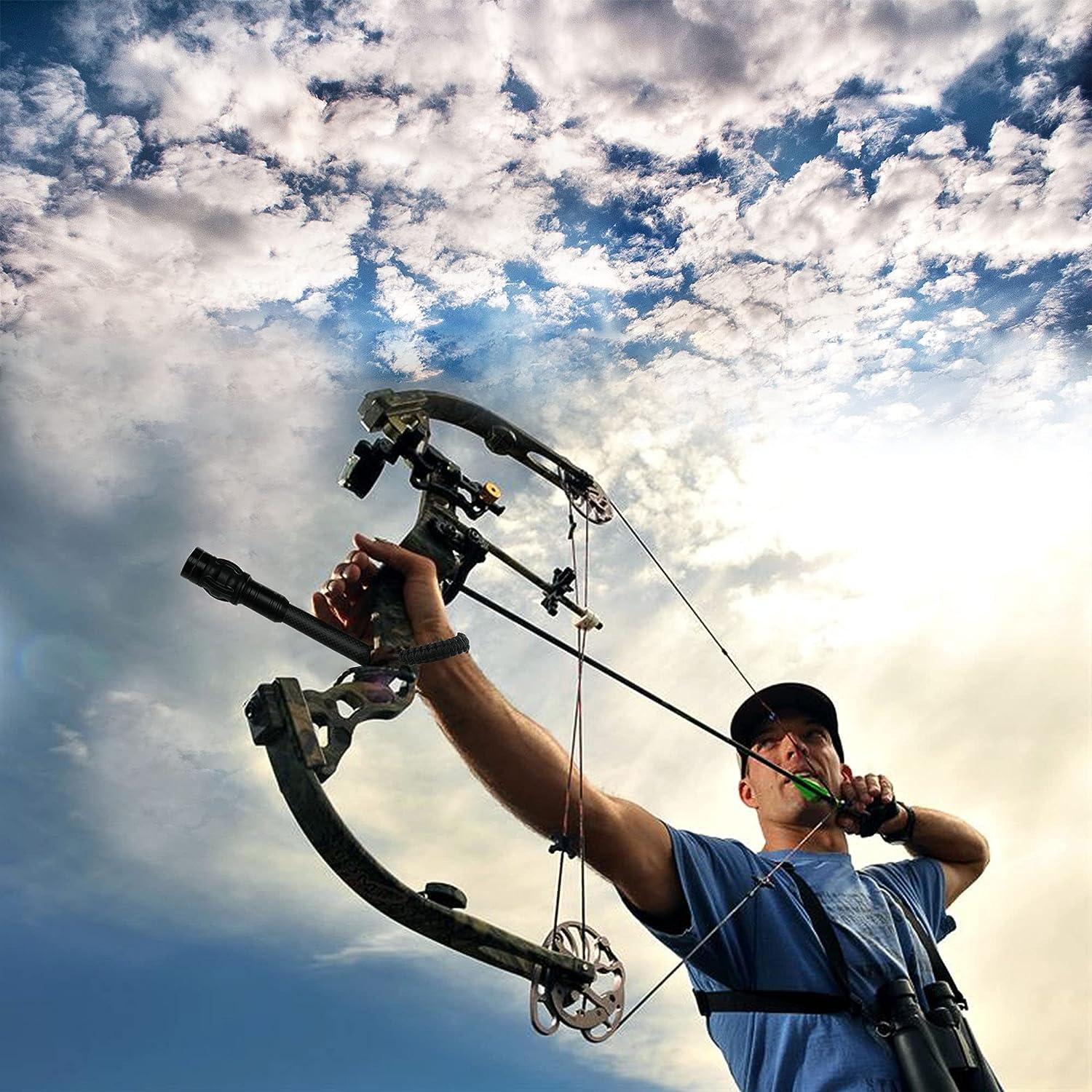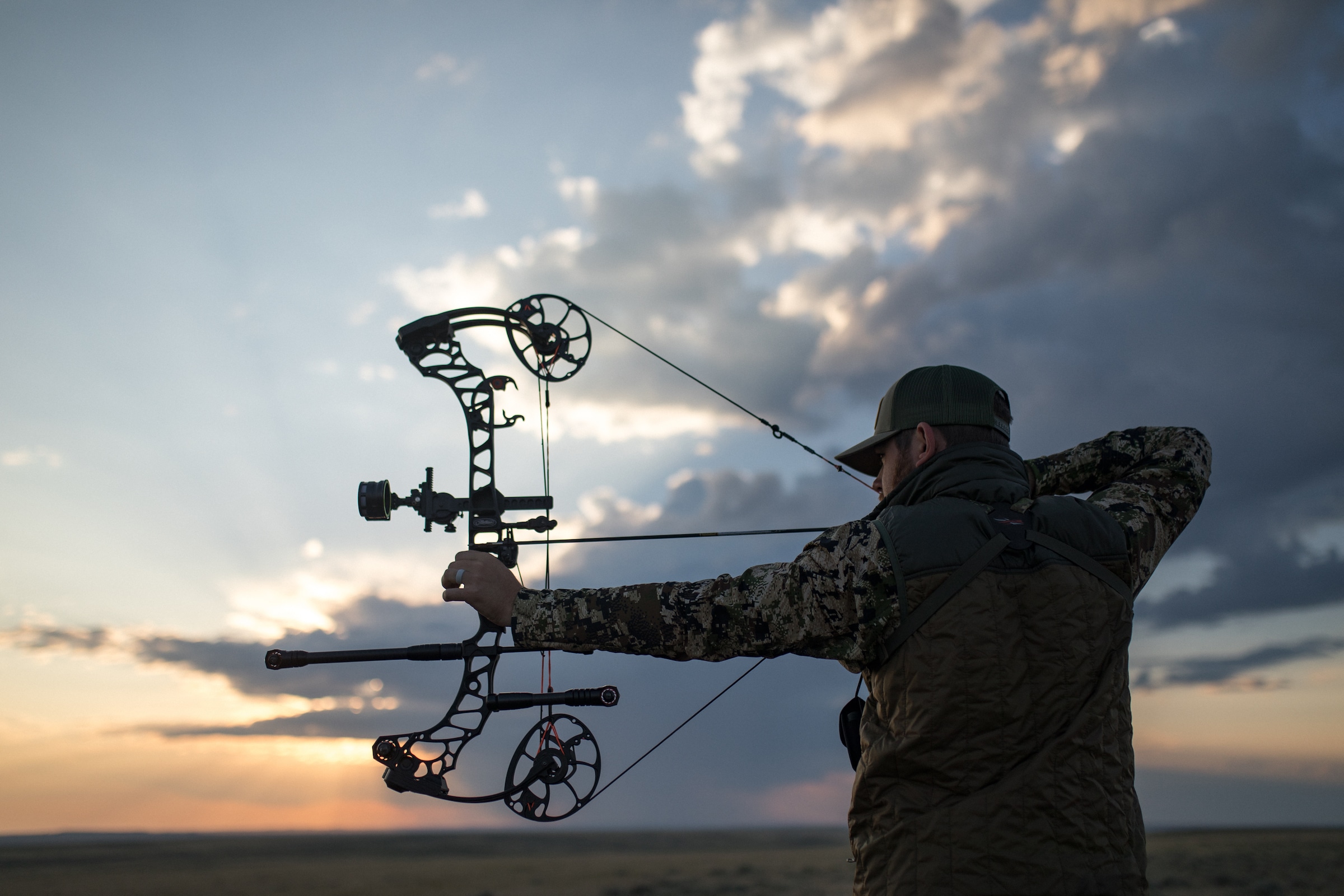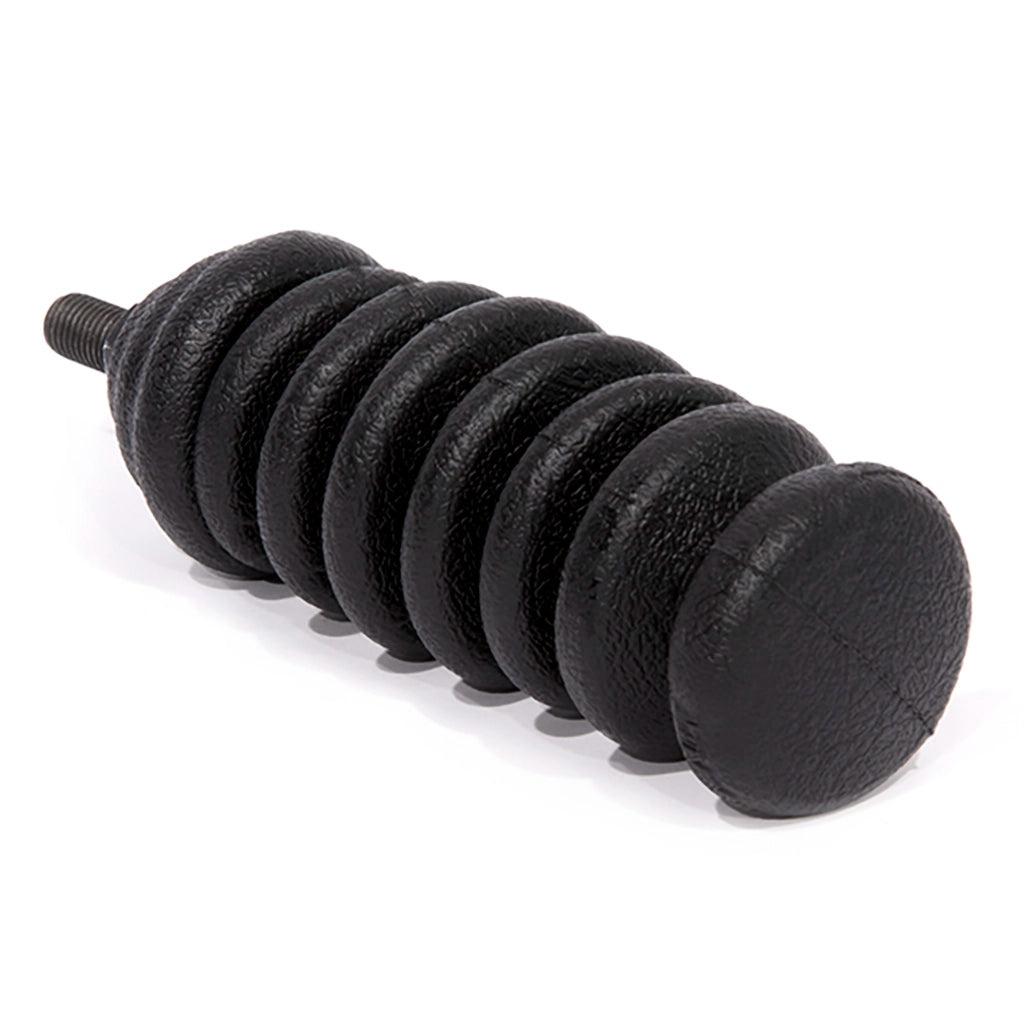Master the Art of Archery: Comprehending the Relevance of a Stabilizer in Your Setup
Whether one is an experienced archer or just beginning their journey, the relevance of a stabilizer in their arrangement can not be overstated. By understanding the advantages of making use of a stabilizer, thinking about the right elements when picking one, and effectively mounting and readjusting it, archers can raise their abilities to new heights.
The Role of a Stabilizer in Archery
A stabilizer plays an important function in archery by boosting equilibrium and lowering vibrations throughout the shot. When an archer draws the bowstring and launches it, there is a transfer of energy that can create the acquiesce shake. These resonances can negatively impact the precision of the shot. However, a stabilizer helps to neutralize these resonances by dissipating the power and taking in.
One of the major advantages of a stabilizer is its ability to boost equilibrium. The weight of the stabilizer aids to distribute the weight uniformly, reducing the stress on the archer's arm and boosting security.
In addition to equilibrium, a stabilizer likewise helps to decrease torque. The weight and layout of a stabilizer combat this rotation, making sure a much more constant and accurate shot.
Benefits of Making Use Of a Stabilizer
The application of a stabilizer in archery provides countless benefits that enhance an archer's performance and total capturing experience. A stabilizer helps to lessen the vibrations produced upon launch of the arrow. These vibrations can trigger the bow to torque or spin, leading to unreliable shots. By soaking up and moistening these vibrations, the stabilizer enhances the security of the bow, permitting more constant and accurate shots.
Secondly, a stabilizer aids to stabilize the bow by including weight to the front end. This weight circulation neutralizes the natural propensity of the acquiesce tip onward upon launch, reducing the amount of activity and enhancing the archer's capability to preserve purpose on target.

Finally, a stabilizer can likewise function as a shock absorber, lowering the shock and recoil experienced upon launch. This not just boosts the convenience of capturing but also reduces the risk of injury or stress on the archer's body.
Exactly How a Stabilizer Improves Accuracy
Enhancing the precision of an archer's shots, a stabilizer plays an important function in improving general efficiency. archery stabilizer. By including stability to the bow, a stabilizer aids decrease the undesirable activity and resonance that can occur during a shot. This decrease in motion allows the archer to keep a stable aim, resulting in more accurate and consistent shots

Furthermore, a stabilizer helps to wet resonances that happen upon release. These resonances can create the acquiesce tremble, influencing the arrow's trajectory and accuracy. By soaking up and dissipating these vibrations, a stabilizer aids to maintain the bow's security and guarantee a smooth and precise shot.
In addition, a stabilizer can also help in balancing the weight distribution of the bow (archery stabilizer). By adding weight to the front of the bow, a stabilizer helps to stabilize the weight of accessories, such as quivers or sights, which might be affixed to the bow. This balanced weight circulation aids the archer preserve a constant and controlled shooting placement, bring about enhanced accuracy
Variables to Consider When Picking a Stabilizer
When picking a stabilizer for your bow, it is essential to think about numerous factors that will certainly contribute to its total effectiveness and suitability for your private capturing design. The initial element to take into consideration is the length of the stabilizer.
An additional factor to take into consideration is the weight of the stabilizer. The weight of the stabilizer can influence the balance of your bow. A much heavier stabilizer can assist to boost and lower resonances stability, resulting in a steadier shot. Nonetheless, a lighter stabilizer might be favored by shooters who prioritize maneuverability and speed.
Furthermore, it is necessary to consider the style and construction of the stabilizer. Some stabilizers have adjustable functions, such as flexible length or flexible weights, which permit you to customize the stabilizer to your particular demands. The materials made use of in the building of the stabilizer can likewise impact its performance. Carbon fiber stabilizers are resilient and lightweight, while aluminum stabilizers supply a balance in between weight and rigidness.
Lastly, it is important to consider your shooting design and choices. Various stabilizers might work much better for particular shooting styles, such as target shooting or searching. It is advisable to talk to skilled archers or professionals to determine which stabilizer will certainly finest suit your private needs. Generally, thinking about these factors will certainly aid make certain that you select a stabilizer that enhances your capturing experience and improves your accuracy.
Tips for Correctly Setting Up and Changing a Stabilizer
Appropriate installment and modification of a stabilizer is vital for optimizing its performance and ensuring optimal shooting precision. When setting up a stabilizer, it is essential to adhere to a couple of essential steps to ensure its effectiveness. First, identify the appropriate length of the stabilizer based upon your find more information shooting style and preferences. Longer stabilizers provide even more security however can be much less manoeuvrable, while much shorter stabilizers offer boosted ability to move but might sacrifice security. Attach the stabilizer to the bow using the offered installing equipment as soon as you have selected the proper size. Ensure that the stabilizer is safely fastened and aligned with the bow's riser.
After installing the stabilizer, it is required to make changes to achieve the preferred equilibrium and shot consistency. Start by changing the weight circulation along the stabilizer. This can be done by adding or eliminating weights from the stabilizer's weight system. Experiment with various weight configurations to discover the equilibrium that this content functions finest for you. Furthermore, take into consideration changing the angle of the stabilizer to fine-tune the shot. A minor onward or backward tilt can affect the bow's balance and exactly how it reacts during the shot.

Verdict
In conclusion, a stabilizer plays a crucial duty in archery by improving precision and minimizing bow torque. By adding weight to the bow, it assists to support the shot and stabilize. When choosing a stabilizer, aspects such as material, size, and weight ought to be considered to meet private demands. Proper installment and adjustment of the stabilizer are likewise crucial for ideal performance. Mastering the use of a stabilizer can substantially improve the archer's skill and accuracy.
Furthermore, a stabilizer can likewise aid in balancing the weight circulation of the bow. By including weight to the front of the bow, a stabilizer aids to balance the weight of accessories, such as views or quivers, which may be connected to the bow. Some stabilizers have flexible attributes, such as flexible size or adjustable weights, which enable you to customize the stabilizer to your certain needs. Carbon fiber stabilizers are long lasting and click over here now lightweight, while aluminum stabilizers offer a balance between weight and strength.
Longer stabilizers provide more stability but can be less manoeuvrable, while shorter stabilizers use boosted ability to move however might compromise security.